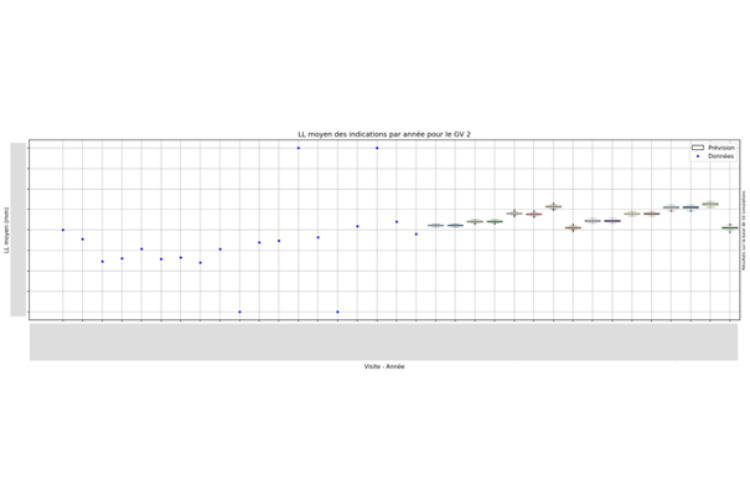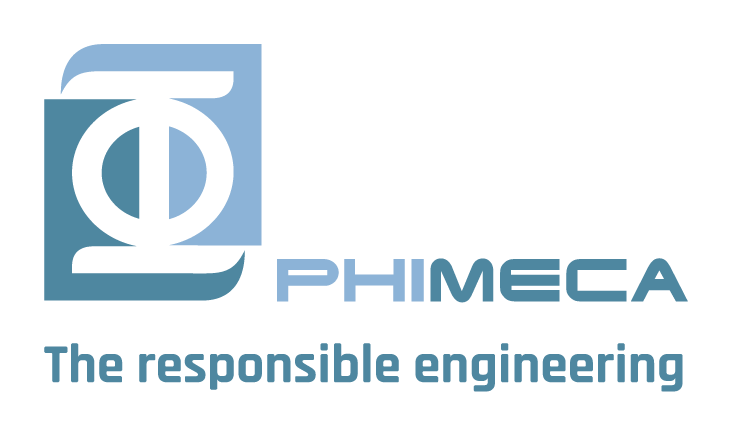Context
As part of the ‘Digital Steam Generator Twin’ project, EDF R&D is contributing to the development of a module to help draw up preventive plugging and sleeving plans for steam generator (SG) tubes in nuclear reactors.
Various types of damage can affect SG tubes, some of which can lead to leaks between the primary and secondary circuits during the ten-yearly primary hydraulic tests, which need to be limited.
Non-destructive examinations can be used to characterise the indications (number, type, location, dimensions) and, for those that contribute to a primary/secondary leak rate, to carry out preventive plugging or even sleeving operations on the tubes. To draw up these plugging and sleeving plans, you need to be able to predict the short-, medium- and long-term evolution of certain indications affecting the tube bundle of a GV on the horizon.
Results
As part of this project, EDF approached PHIMECA to develop a Python module for predicting degradation:
- Statistical prediction of the evolution of indications over time, based on the degradation history measured on the GV. The first stage consists of creating models for changes in the number and size of indications, then estimating changes in existing damage and predicting the appearance of new indications;
- Parameterisation of evolution hypotheses via a json file;
- Coupling with EDF’s Jumeau Numérique GV web platform via the Rest API;
- Writing documentation and unit tests.
In the same context, Phimeca carried out the following studies:
- Estimation of forecasts of indications on several HSR via Monte Carlo simulations;
- Statistical analysis of forecasts on several characteristics;
- Parametric analysis to identify influential parameters and input assumptions.

